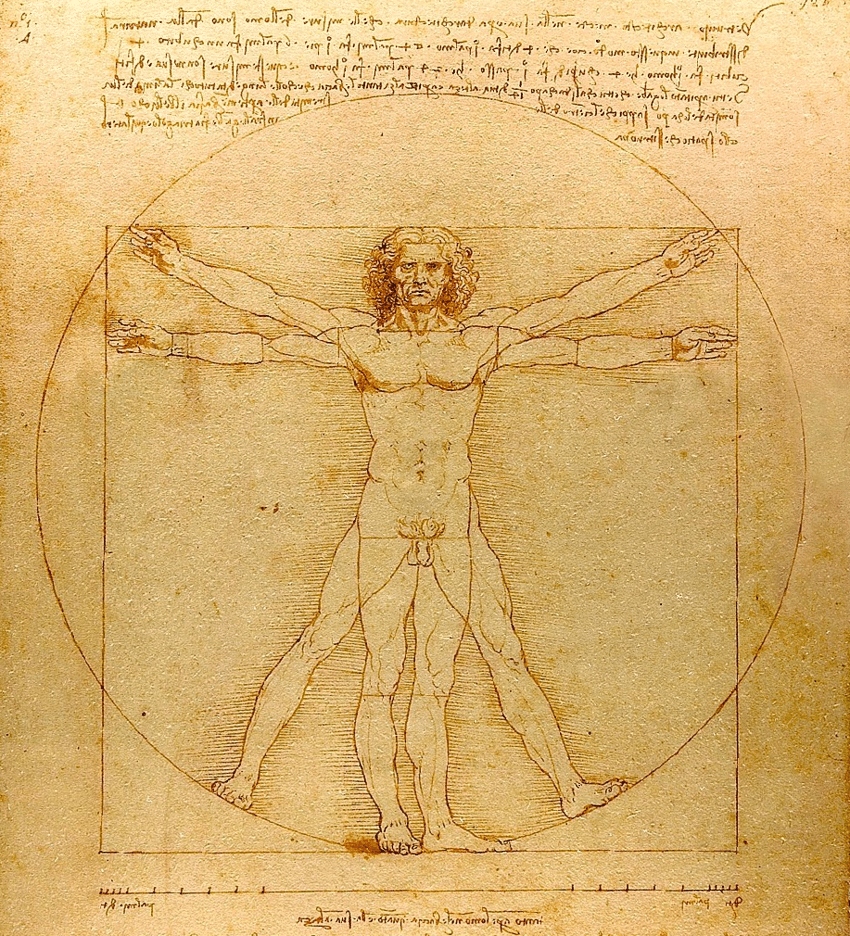Recently, someone (not the client) looked at one of our most thought-out, well-planned, customized sites (with innumerable goal-driven features) and said, “it just looks like a simple site to me.” Honestly, my team was gobsmacked. We had spent months working on discovery and custom development and optimization and testing ….My ego reared its head and I felt myself ready to defend and point out every bit of awesomeness we had created. Instead, I smiled, finished the day, and spent the evening indulging in a Harry Potter marathon with my youngest.
Now, if you are a fan of HP, or Star Wars, or any CGI-dependent film, you’ll know that the best graphics are the ones that we don’t see. My emo-driven sojourn to Hogwarts awoke my rational brain, which told off the silly lizard brain… YES! Instead of indicating that our work was wrong, the simplicity of the site showed that we did it exactly right! Had someone looked at the site and felt it was clunky, complex, or not intuitive, then we would have erred.
“Simplicity is the ultimate sophistication.”
Leonardo da Vinci
Alcohol marketing is so limitless that it’s easy to accidentally create overwhelm. We CAN share everything, so we DO share everything. But in an era of increasing demands on decreasing attention, successful brands are those who make purchasing-decisions simple. In fact, there’s even a fancy name for it (the decision-simplicity index) and an annual report to prove it (the Global Brand Simplicity Index). These indices measure “how easy it is for consumers to gather and understand (or navigate) information about a brand, how much they can trust the information they find, and how readily they can weigh their options” (1)
- Simplicity earns a premium: 64% of consumers are willing to pay more for simpler experiences.
- Simplicity builds loyalty: 61% of consumers are more likely to recommend a brand because it’s simple. (2)
But wine isn’t simple.
And that’s all the more reason why we must care about making purchasing decisions simpler for our customers. So, let’s look at three key features that customers say help them make spending decisions, and how these apply to winery digital.
Website Navigation
Digital navigation is the modern version of good grocery store layout and signage. Did you ever spend ten minutes wandering around the shop unsuccessfully trying to find one thing until you got so pissed you left without it? Are you willing to spend a little extra money because a shop is arranged in exactly the way you like to do your shopping? Or, have you ever decided a shop is your new fave because they are clever enough to put the Motrin by the chocolate ice cream? (I’ve just alienated every guy reader.)
Successful retailers put effort into understanding their customers’ spending “journeys” and creating pathways that facilitate those purchases. Wineries can do this by optimizing their digital journeys. Don’t force your customers to “walk down every aisle,” or open unnecessary pages, to get to what they seek. Don’t make them stop and accept or refuse a thousand pop ups before they make their purchase. Think about the person who enters your site knowing exactly what they want. Create a distraction-free path for them to make that purchase.
Provide options and comparisons (but not too many!).
This is one that more wineries, and wine retailers especially, could do better. Common practice is to have single product pages with lots of technical detail; only occasionally do I see alternative choices offered. How could we improve that customer experience? What about a page entitled, “Looking for just the right red?” and on that page offer a side-by-side comparison of your top 3-5 reds, tabling the features that may answer the customer’s questions (ie, which of these will match my menu?).
What about using data or metadata to create a genuinely effective list of alternative products? Amazon does this to great effect with, “People who viewed this also viewed…” And if you want to go all out, you could even generate a “Help me choose” digital flowchart that relies on a series of questions to get to the best result for your customer.
Use content to build trust
I’ve saved the most effective, most painful for last. In this context, trust does not mean how trustworthy YOUR BRAND is, but rather, how trustworthy the information provided is. This is the BS-check. For wineries, this can be tricky because descriptions and taste buds are not uniform, and in-house content is inherently skewed. I recommend two solutions. First, solicit and publish honest, unfiltered customer reviews. The trust-integrity that you will gain will outweigh the occasional asshat review. Second, create a tasting panel (this is one of my personal favorite features, btw). Five-ish winelovers, not sycophants, each representing a different preference and lifestyle. Write up proper bios for them, add pics, make them human, real, accessible. Then, to each product, add their comments. This is the digital equivalent of going into your favorite wine shop and knowing which staff member loves the same wine as you. Instant human connection.
When in doubt, ask your customers
Look, I know this can all be confusing. I work with this everyday and still ask the questions, “What’s too much, what’s not enough, is this right?” (or, as you now know, I have my occasional emo fit….) As you ponder how to improve your Navigation, Options, and Trust, don’t forget that IT’S OKAY TO ASK YOUR CUSTOMERS. Reach out personally to a group of trusted brand fans, tell them the truth: “We are trying to improve your purchasing experience. Do you have fifteen minutes to chat?” I think we are often so afraid to look like we don’t know what we’re doing that we forget that people like to feel needed and valued. And really, they are.
